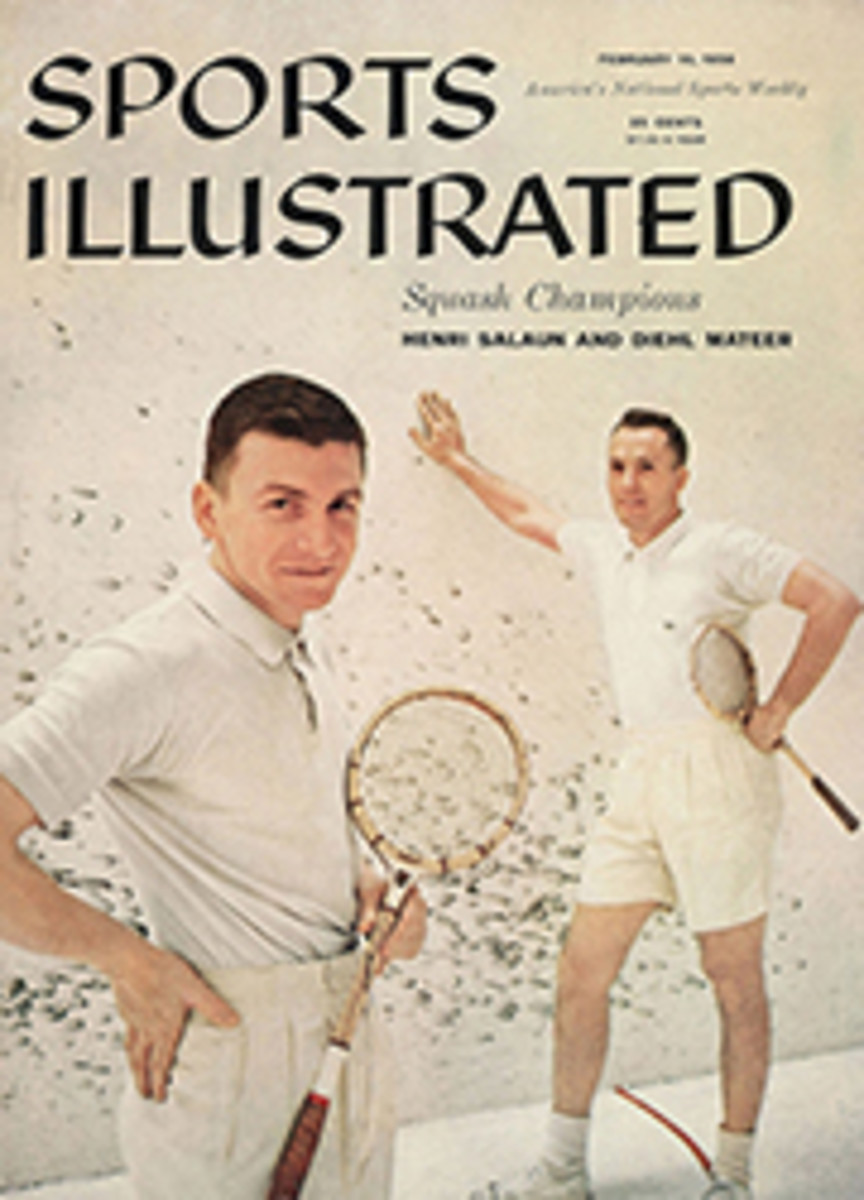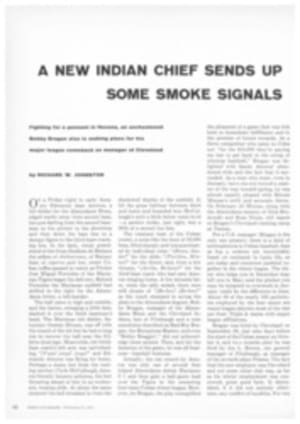
On and Off the Fairways
That man named Goosie who has been grabbing so many of professional golf's headlines lately (SI, Feb. 3) is variously described as "the poor man's Jimmy Demaret" and "the Billy Joe Patton of the pros." One bad hole (the 70th) cost him the winner's prize at Caliente three weeks ago, but his buoyant temperament seems to thrive on misfortune. After Caliente was over Goosie bounced into the pressroom, waving a glass of beer and assuring one and all, "I'll get 'em next week." As good as his word, he went out and within the next 10 days won the new pro-am at El Dorado, the 36-hole medal play event for non-names at El Centro and shot a solid 280 at Thunderbird, to collect in all, $1,285.
J. C. (stands for J. C.) Goosie was born May 1,1929 in Knoxville, Tenn. A rugged 5 foot 10 and 175 pounds, he has brown hair, square, handsome features and a twinkling confidence and lingo that even the established pros find delightful and a 4-year-old son, named, of course, J. C. Jr. When he entered the Air Force in 1948 he'd played only one round of golf (a 96), but at Lackland AFB in San Antonio he exhibited such natural talent that he was shooting par golf within two years. After leaving the Air Force, J. C. played two years as an amateur before taking a $6,000-a-year pro job at a nine-hole course in Niota, Tenn. When he joined the tour last August for the St. Paul Open (in which he failed to qualify for the final 36 holes) Goosie brought to the golfing caravan a swing that has a fine tempo and unusual power. He would have joined sooner, J. C. explains with his amazing candor, but for a drinking problem. "No one liked the stuff better than Ah did," he smiles. "But Ah quit. No one wants to back you on the tour if you drink."
J. C. is a very long hitter indeed—so long, in fact, that he outdrove George Bayer on a few holes at Caliente. On his irons, he addresses the ball with a slightly open club face and then takes the club back just a bit outside the intended line of flight. In other respects, Goosie's swing needs perhaps some adjustment and some polishing, but the basic stuff is really all there.
TTT: an explanation of the new tour setup
TTT—to explain the PGA tour program which everyone has heard of but few understand—is the abbreviation for the PGA's new Top Ten Tournament players plan. Tournament Manager Ed Carter started it last year primarily as a means of guaranteeing more competitive appearances. In outline, it works like this:
A golfer who wins any of the TTT-member tournaments is credited with 65 points, the runner-up with 44, third place with 43 and so on down to one point for 45th. In addition, penalty points are assessed for failure to defend a championship, unjustified withdrawal in the middle of an event or bad conduct on the course. Each tournament sponsor supports this program by donating $2,000 a year to a TTT fund, which is split up the following year among the 10 players who amassed the highest point scores the previous season. Doug Ford, who fought a hard and successful campaign in 1957, finished with a winning total of 1,255.5 points. This year he collects a $400 bonus at any TTT tournament in which he competes. Dow Finsterwald, who was second in the TTTabulation, gets $240 for each TTT tournament he competes in this year. Next in line are Art Wall ($220), Arnold Palmer ($200), Billy Casper ($180), Marty Furgol ($160), Paul Harney ($120), Jay Hebert ($120), Mike Souchak ($80) and Al Balding ($80).
The kicker in this scheme (and what makes its cost worthwhile to its sponsors) is that a player must compete in at least 80% of the PGA Co-sponsored and Approved events even to be eligible for a TTT rating. Some experienced pros are grumbling that the plan rewards attendance rather than ability and takes the fun and freedom out of the game. Well, this year we shall see more clearly.
[originallink:10481481:41606]
PHOTO
DOUG FORD WAS 1957'S TTT LEADER

